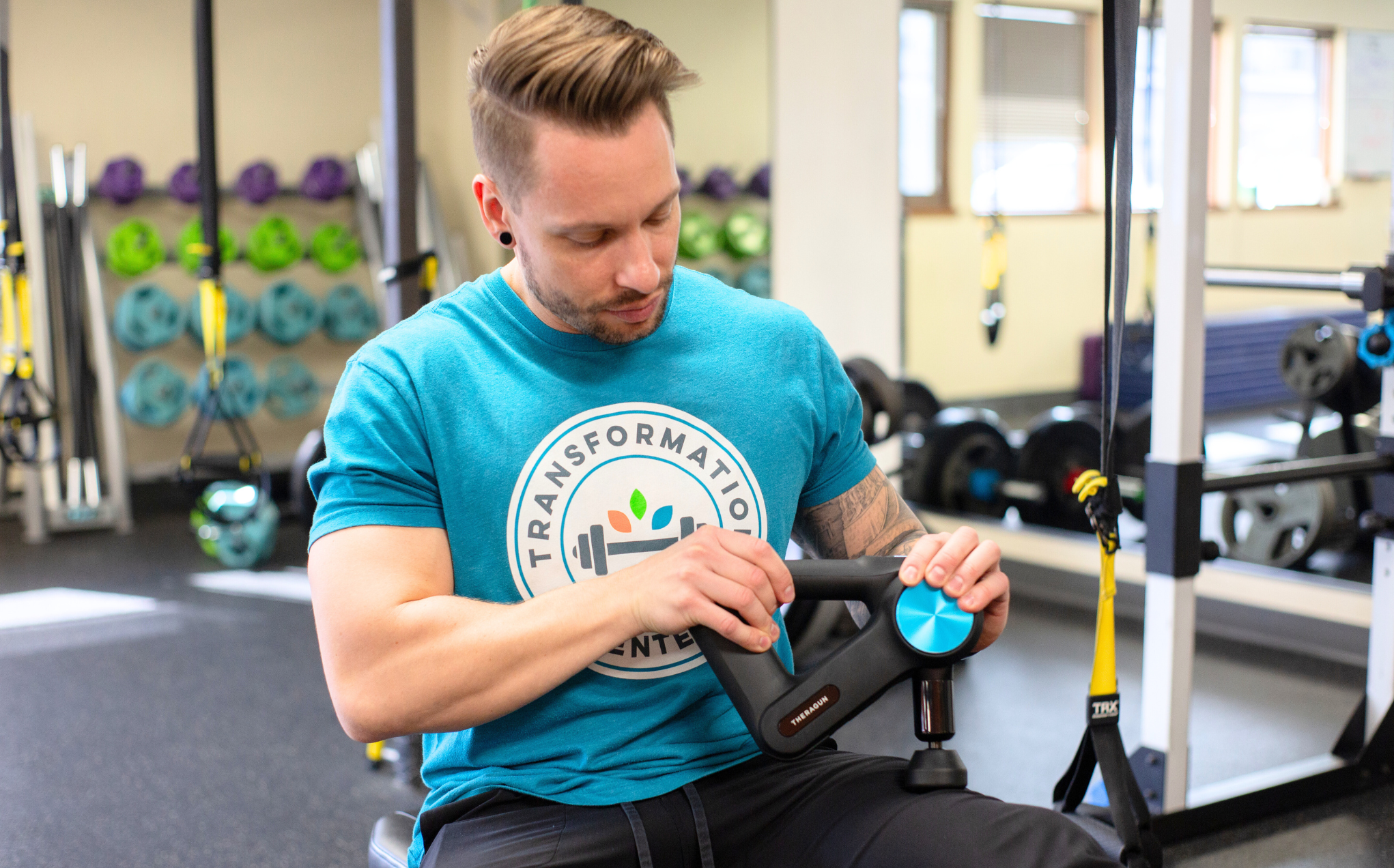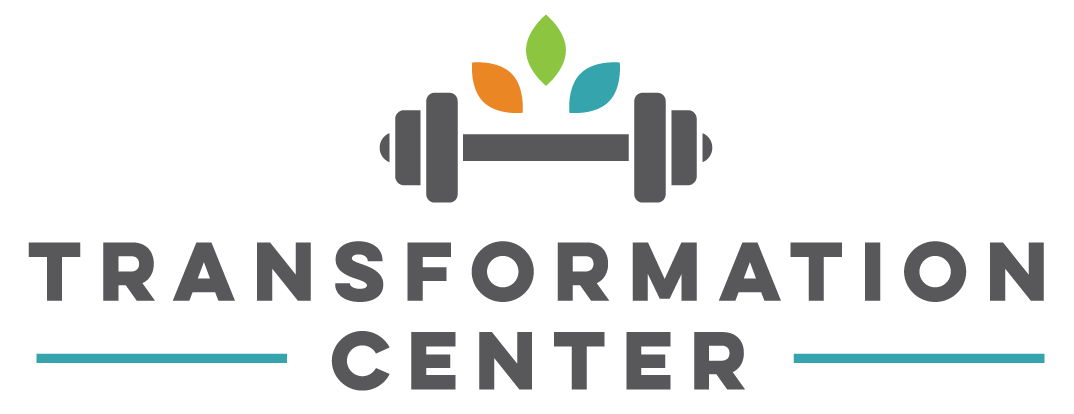
When it comes to fat loss, most people focus on diet and workouts – but recovery is just as important, especially for the 40–70 crowd. Deep tissue work (self-massage, massage guns, professional massage, dry needling), mobility exercises, and good sleep all help you move better, reduce pain, and even boost your metabolism. Science shows these methods improve muscle circulation, calm tension, and support performance (pmc.ncbi.nlm.nih.govpmc.ncbi.nlm.nih.gov).
In this blog we’ll explain what each tool does (and doesn’t do), clear up common myths, and give you actionable tips on using them to complement your training.
Foam Rolling & Massage Guns: Self-Massage to Loosen Muscles
Foam rolling is a simple DIY massage: you roll parts of your body (like quads, calves, back) on a foam tube. This mechanical pressure can break up tight “knots,” alter tissue stiffness, and boost blood flow.
In fact, one controlled study found a quick rolling session raised arterial blood flow by ~74% immediately afterward (and 53% even 30 minutes later). More circulation helps flush out waste products and deliver oxygen, which can ease soreness.
As a warm-up tool, foam rolling usually gives small performance gains: a meta-analysis found just 0.7% faster sprint time and ~4% better flexibility in athletes after a short roll.
As a post-workout recovery tool it slightly reduced the drop in sprint and strength, and cut muscle pain by about 6%. In practice, think of foam rolling as a quick way to “wake up” muscles and reduce tension. You only need 30–60 seconds per muscle group (even 2–3 sets of 30s works).
PLEASE NOTE: Foam rolling has been shown to offer small, short term benefits and does not “lengthen” the muscles. While many argue if this is worth doing, one could argue that even something that offers a “feel good” sensation could offer benefits to health and performance.
Massage guns deliver rapid pulses to the muscle. This vibration activates sensory nerves and can boost local blood flow and parasympathetic (calming) signals.
In practical terms, massage guns feel good on tight spots and often knock down soreness. A recent systematic review found massage guns help reduce stiffness, improve range-of-motion (flexibility), and aid recovery after tough sessions.
They’re also fairly cost-effective and can greatly relieve fatigue and improve short-term ROM.
However, note that guns don’t magically boost strength or balance – they’re best for recovery, not for explosive power.
To use them, aim for 30–60 seconds per muscle (for up to ~5–10 minutes total). Move slowly and let the gun work into tender spots. Think of a massage gun like an upgraded foam roller: great for loosening muscles before or after exercise.
Deep Tissue Massage & Dry Needling: Targeting Pain and Mobility
Sometimes muscles are so tight or painful that home tools aren’t enough. That’s where professional therapies come in. Deep tissue massage uses firm, focused pressure by a trained therapist to reach deeper muscle layers and break up adhesions.
It’s a go-to for chronic pain or injury rehab. For example, a study in men with a type of arthritis found deep massage significantly cut their pain levels (more so than a light massage). Massage therapists also report they can improve circulation, reduce swelling, and restore motion after injuries.
In other words, getting a monthly (or as-needed) deep massage can relieve nagging stiffness, speed healing of minor strains, and help you stretch further. (Common myth: massage burns fat – it doesn’t. Its value is in pain relief and blood flow.)
Dry needling is similar in effect but uses thin acupuncture-like needles. A therapist “sticks” needles into trigger points (tight knots) in the muscle. This often causes a twitch reflex, which can release tension but is usually not painful depending on where they hit within the body.
Studies show dry needling can instantly increase your pain tolerance (pressure pain threshold) and lower soreness. Many people report more range-of-motion and less muscle tension immediately after needling, especially in stiff areas. It’s not magic — it can hurt (the twitch can be uncomfortable), and evidence on long-term outcomes is still mixed. But in practice, a few sessions of dry needling can help stubborn muscle pain (like tight calves or shoulders) feel much better.
Because it targets specific spots, dry needling is often used when standard massage or stretching hasn’t fully solved the problem.
Mobility Training: Moving Well to Stay Fit (Like we offer in Kinstretch at the TC)
Good mobility means moving your joints freely through their full range – think dynamic stretches, yoga, Pilates, or targeted drills. Mobility work doesn’t burn tons of calories by itself, but it enables everything else you do. It helps you squat deeper, lunge better, and generally exercise safely.
Evidence shows that structured mobility programs significantly improve movement and function in older adults (pubmed.ncbi.nlm.nih.gov). This means if you’re 40+ and adding mobility exercises, you’ll likely reduce stiffness and preserve independence. In fitness terms: more mobility means fewer injuries and a stronger training base.
A common myth is that static stretching before a workout prevents injury – actually, dynamic mobility warm-ups are more effective for performance. So incorporate mobility into every warm-up: leg swings, arm circles, gentle lunges, or yoga flows. After workouts or on rest days, deeper stretches and joint rotations help your body recover and maintain flexibility.
Sleep & NSDR (Non-Sleep Deep Rest): Recharge Mind, Body & Metabolism
Finally, sleep and rest top the recovery list. Poor sleep is linked to worse focus, mood, and metabolism. Even moderate sleep loss “strongly impairs human functioning” – a classic meta-analysis found that just a few hours less sleep hurts cognitive performance and mood.
For fitness, this means you’ll feel sluggish, your workouts suffer, and it’s harder to resist extra snacks.
On the flip side, getting enough sleep actually aids fat loss. For instance, a clinical trial had people extend their sleep by ~1 hour per night; the result was ~270 fewer calories consumed daily.
In short: aim for 7–9 hours of quality sleep. Good sleep helps balance appetite hormones (leptin/ghrelin), improves insulin sensitivity, and gives you more energy for workouts and daily tasks.
Besides sleep, there’s another powerful tool: Non-Sleep Deep Rest (NSDR), such as yoga nidra or guided relaxation. NSDR is basically a meditation that puts your body in a deep parasympathetic (rest-and-digest) mode without sleeping. Anecdotally and in practice, 10–20 minute NSDR sessions can dramatically reduce stress and clear mental fog (hubermanlab.com).
Science (and experts like Dr. Huberman) note NSDR’s benefits: it helps ease the afternoon energy slump and sets you up to focus better for the rest of the day. Over time, regular NSDR or yoga nidra can lower anxiety and blood pressure, improve sleep quality, and even boost immunity (yoga nidra studies report lower inflammation and better well-being).
Think of NSDR like a tune-up: lying or sitting quietly, following a guided meditation or breathing script. It’s a zero-cost way to refresh mid-day or wind down before bedtime.
Actionable Recovery Tips
- Foam Rolling: Use a 6-inch foam roller on tight legs, back or hips ~2–4 times per week. Roll slowly for ~30–60 seconds per muscle group (e.g. quads, calves, lats, pecs, glutes and hip flexors). This primes blood flow for your workout and eases stiffness afterwards.
- Massage Guns: Treat massage guns as a quick fix for knots. Use on each muscle only 30–60 seconds (longer can bruise). Best times are before workouts (as a dynamic warm-up) or on rest days. We found higher-speed (40–50 Hz) was most effective for circulation.
- Deep Massage/Dry Needling: Schedule deep tissue sessions about once a month (more often if you have chronic tension). A study suggests spacing out intense massages and workouts – wait ~24–48 hours post-massage before your next heavy training day. For dry needling, you’ll go to a physio or chiro; it’s not a home DIY.
- Mobility: Do dynamic mobility every workout warm-up (e.g. leg swings, arm rotations, lunges, and more). Add 5–10 min of deeper stretches or yoga flows on rest days. Even a short daily routine (like 3–5 yoga poses) preserves function (pubmed.ncbi.nlm.nih.gov).
Or better yet check out our Kinstretch program, with one of our owners Brent Berger.
- Sleep: Prioritize consistent 7–9 hours per night. Keep sleep hygiene – dark, cool room; no screens before bed. If you feel tired midday, try a NSDR session (10–20 min guided relaxation or yoga nidra). This can reboot your focus and ward off the 3pm slump (hubermanlab.com).
- Hydration and Lifestyle: Drink plenty of water (helps recovery) and combine all of the above with good nutrition and exercise. Remember, tools like rollers and massages support training – they won’t replace regular workouts and a balanced diet.
Summary: Deep-tissue techniques, mobility work, and sleep are the often-missing pieces of the fitness puzzle for 40+ exercisers. Used wisely, they reduce pain, improve movement, and even boost fat-loss efforts through better metabolism and energy. Start incorporating foam rolling or massage after workouts, book a massage or dry-needling session when needed, do daily mobility drills, and never skimp on sleep or relaxation.
Stay tuned: In our next blog, we’ll dive into nutrition guidelines and pro tips for recovery, muscle growth, and fat loss – the fuel side of your fitness success!
References
- Wiewelhove, T. et al. (2019). Meta-analysis of foam rolling effects on performance and recovery. Frontiers in Physiology.
- Ferreira, R. M. et al. (2023). The effects of massage guns on performance and recovery. Sports Medicine – Open.
- Gattie, E. et al. (2017). Effectiveness of trigger point dry needling for musculoskeletal conditions. Journal of Orthopaedic & Sports Physical Therapy.
- Walsh, S. et al. (2022). Mobility training for older adults – Cochrane review. Cochrane Database of Systematic Reviews.
- Pilcher, J. J. & Huffcutt, A. I. (1996). Effects of sleep deprivation on performance – meta-analysis. Sleep.
- Tasali, E. et al. (2022). Sleep extension reduces caloric intake in overweight adults. JAMA Internal Medicine.
- Medical News Today (2022). Benefits of deep tissue massage.
- SleepFoundation.org (2023). Non-Sleep Deep Rest (NSDR) and Yoga Nidra benefits.

Recent Comments